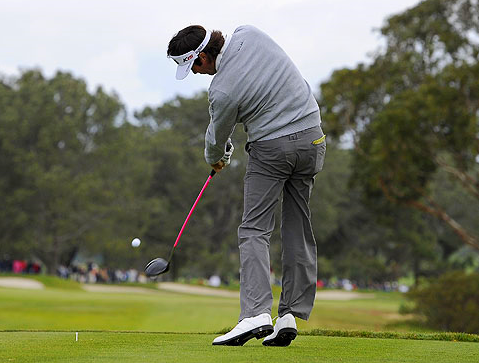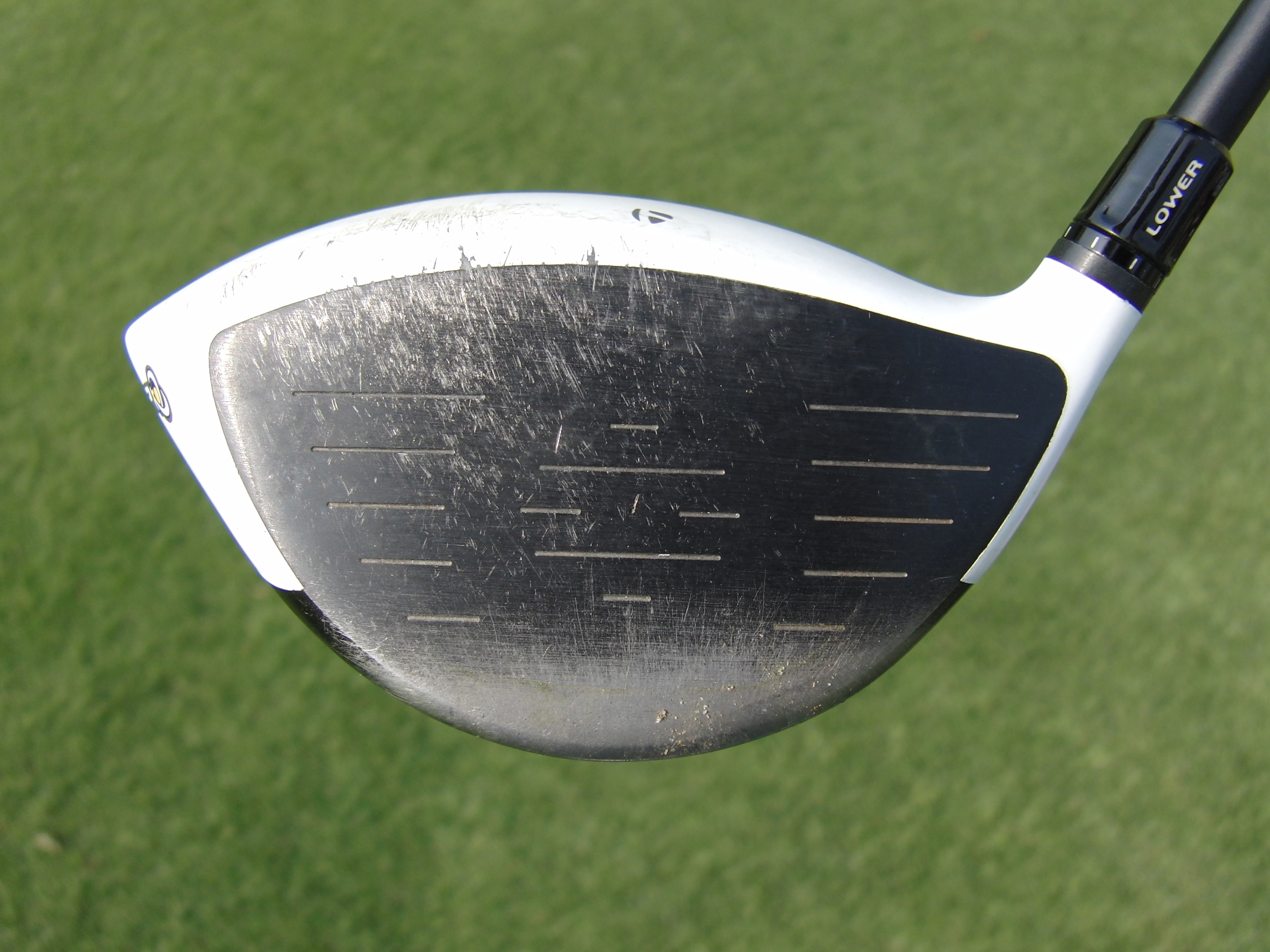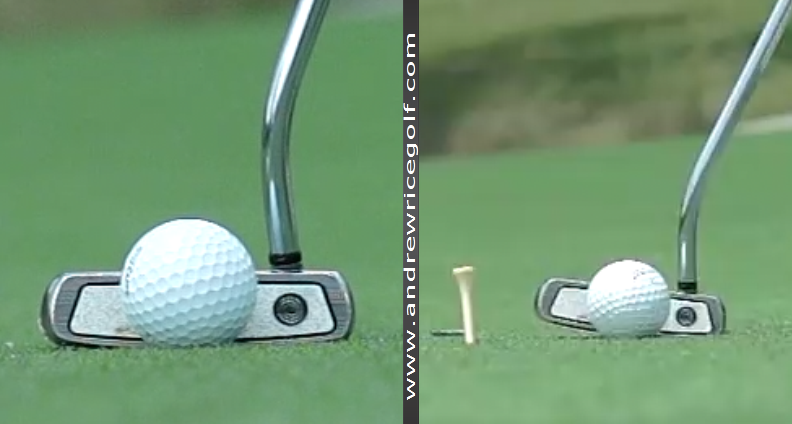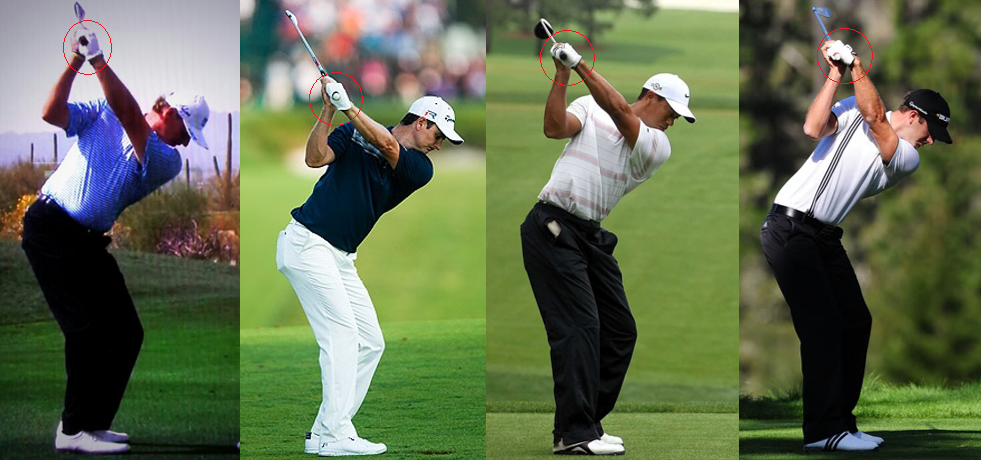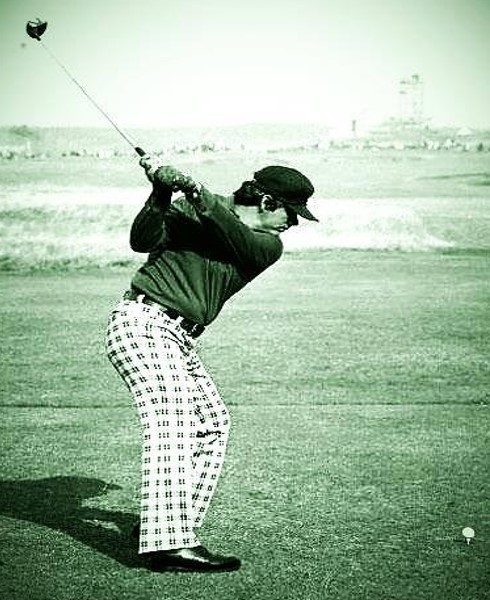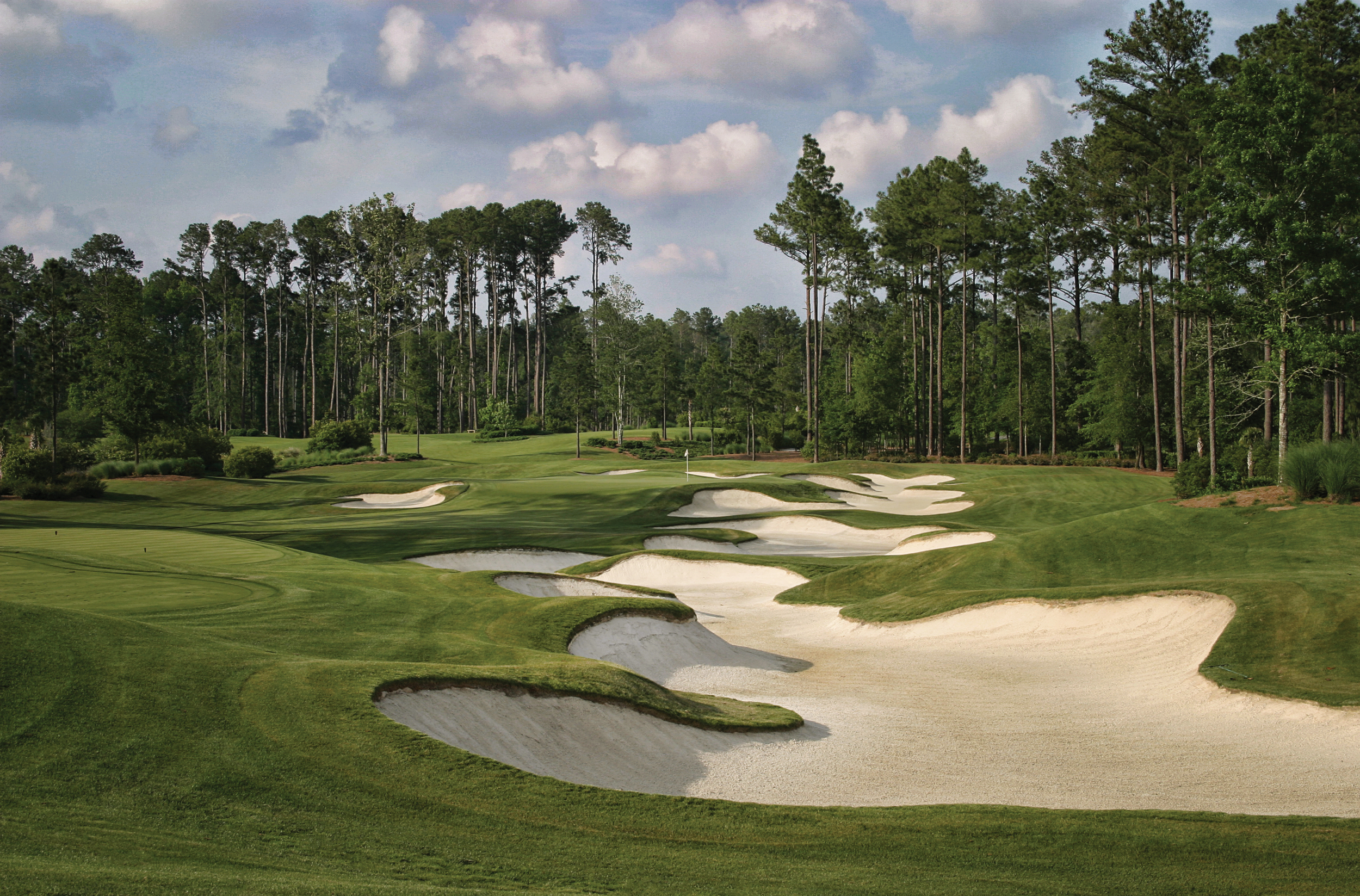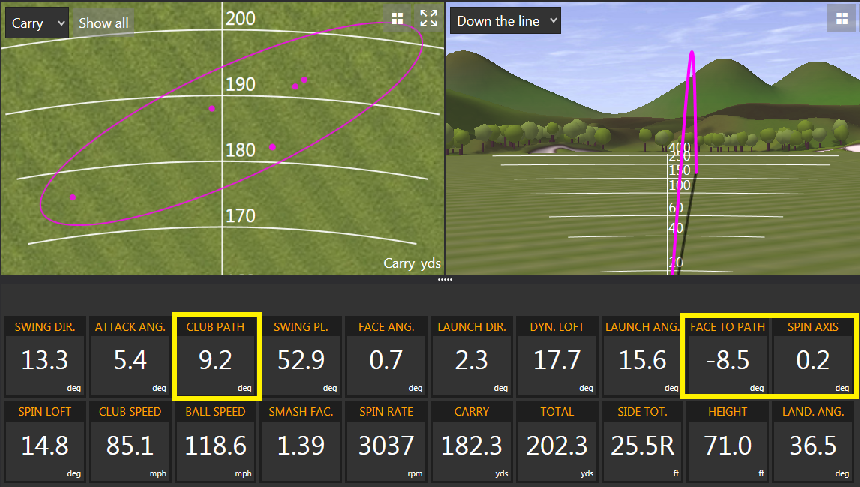Prepare to Play Great Golf
/In today's fast paced world there isn't enough time to play golf, never mind work in a proper warm-up before you play. With the help of Berkeley Hall's TPI Certified trainer, Derek Lemire, this article isolates a few important exercises you can sneak in before the round to help you better prepare to play some great golf.
Here is a breakdown of the key areas to focus on and suggested exercises to complete:
HIPS
- Hip Kick (0:50)
- Hip Rotation (1:05)
- Hip Tilt (1:35)
- Internal Hip Rotation (2:10)
- External Hip Rotation (2:25)
- Hip Flexion (2:35)
- Hip Separation (3:10)
LEGS & SPINE
- Hamstring Stretch (3:45)
- Lateral Lunge with Rotation (4:30)
- Forward Lunge with Rotation (5:15)
SHOULDERS & LATS
- Vertical Shoulder Activation (5:45)
- Scarecrow/9090 (6:10)
- Shoulder Fly (6:30)
- Lat Stretch (6:50)
CORE ACTIVATION
- Forward Plank (8:00)
- Side Plank (8:30)
I would encourage you to select two from each body zone and work towards incorporating them into either your daily routine or at the very least do them before going out to play.
Remember this - if you keep doing what you've always done, you'll continue to be the golfer you've always been! Accept the challenge and commit to the change.




